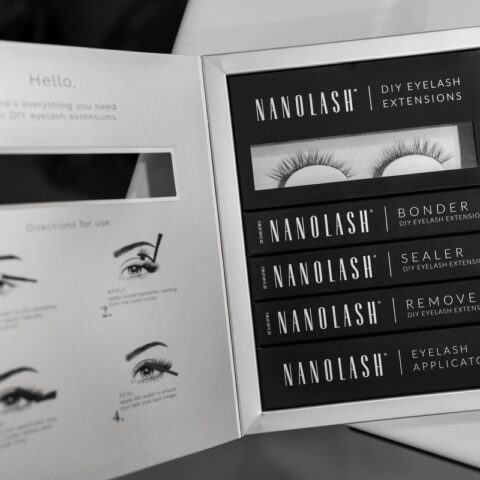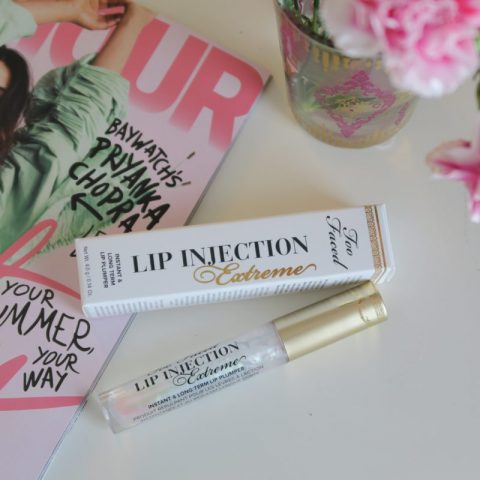Face masks recipes for various skin types
A face mask is one of the oldest methods of skin care that’s been used already by women in ancient Egypt. The mask works much more intensively than the cream, so it should be used less frequently. Its application results in increased skin temperature and improved microcirculation, and as a result – faster penetration of nutrients through the epidermis. In addition, under the influence of heat, the sweat is released, along with toxins that are removed from the body. When washing the mask, we get rid of sebum and dead skin cells. The effects of the masks can be observed after 5-10 minutes. As a beautician, I know best that a face mask should have different properties depending on the type and needs of the skin. Get to know my recipes for masks for different skin types, and learn how to strengthen the effect of a homemade facial mask and how to apply it.
My recipes for face mask dedicated to dry skin care
You do not need to be an expert to know that dry skin needs hydration. For this reason, the masks that you apply should be rich in ingredients that strengthen the natural water-lipid protection of the epidermis and retain moisture in it; these are especially mineral substances, algae extracts, and protein. I know from my own experience that the most nutrients are contained in micronized algae – well-dried, which can be bought at drugstores. After mixing them with water, you will receive a powerful mask with moisturizing and pore-tightening qualities. The mask has one disadvantage: it looks like mud and smells unpleasantly. Well. that’s two disadvantages.
Masks can be applied not only to the face, but also to the neck, which has few sebaceous glands, so it is dry and it gets older faster.
In the care of dry skin, masks with vitamin E, the famous vitamin of youth, will also be a great choice.
My recipes for oily skin masks
Oily skin needs thorough cleansing, disinfecting, blackhead removal and regulation of sebum secretion. For this reason, the masks for its care should contain natural clays: green, white and yellow. Clay has antibacterial properties, accelerates healing of pimples and reduces seborrhea, and at the same time does not irritate the skin.
If you want to prepare a mask with clay, you can either buy the clay itself and mix it with water or go for a ready-made cosmetic with clay content. Personally, I recommend the first solution – there is nothing better than natural cosmetics that we do by ourselves.
Skin affected with seborrhea will benefit from masks with herbal extract, for example, witch hazel or tea tree. The latter has astringent and antibacterial properties.
My recipes for combination skin masks
I know from my own experience that combination skin is extremely demanding – I’ve been struggling with it for over 30 years. My complexion needs ingredients that retain water and lightly drying substances. For this reason, in this case, it is best to use two types of masks: astringent for oily areas of the face and moisturizing to the dry ones. You can apply a paste of micronized algae onto the whole face. The latter can be used even several times a week.
My recipes for masks for sensitive skin
Sensitive skin is in need of a mask that soothes irritations like burning, redness and a feeling of tightness. Such qualities are provided by the addition of thermal water, Dead Sea mud and plant extracts, especially aloe vera, tar, and ginkgo. While aloe and birch alleviate irritation, Japanese ginkgo makes the capillaries shrink. You can also try out chamomile, however, be careful because this might cause allergic reactions.
You can apply soothing masks to sensitive skin every day or when necessary, that is, whenever you feel dry, tight or irritated.
How to strengthen the effects of a homemade face mask?
In the beauty salon, the effect of the mask is strengthened with a warm compress. Nothing prevents you from doing it at home! It is enough to apply a thick layer of the preparation to the skin and cover the face with lignin, a thin food foil and a heated towel. After ten minutes, remove the compress and use the lignin to clasp the remains of the mask. If like me, you cannot do it gently, better wash the mask with lukewarm water. Give up on the procedure in the case of capillary skin, because the heating compress has a negative effect on dilated capillaries.
How and when to apply face masks?
Before applying a mask onto your face, use a mild exfoliating scrub; thanks to this, nutrients will be able to penetrate the skin easily. In addition, always make sure you’re applying a mask to washed face, bypassing the very delicate areas around the eyes and mouth.
I know myself that we often reach for face masks before some important events. There is nothing wrong with this, as long as your mask has already been checked by you. In such situations, never experiment with the mask you use for the first time, because it is possible that sensitization will stop you from leaving the house.
What is the best time for a mask application? Without a doubt, it’s the evening. Scientists have calculated that the skin relaxes and begins to slowly regenerate itself at night, so book yourself a quarter of an hour at around 18. A perfect solution will be to combine it with a relaxing bath, because the masks are best absorbed in a humid and warm environment.
What are your proven recipes for face masks that have never failed you? Did you use any of the masks I recommended? If so, share your opinion in the comments! If not… what are you waiting for ?! ;))





Leave a Reply